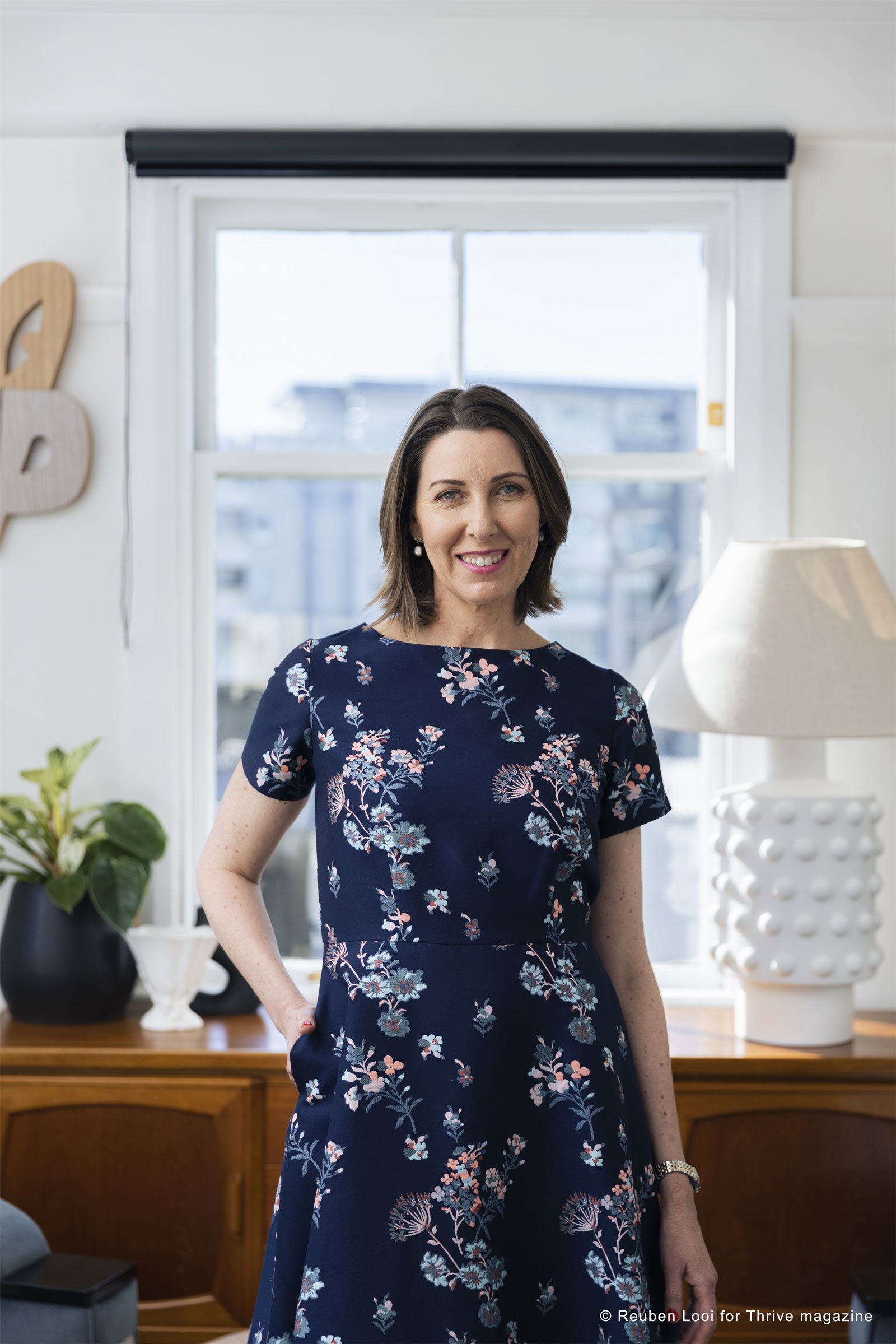Where Has My Libido Gone?
Not every woman experiences a change to libido at midlife, but when you’ve always wanted and enjoyed sex, it can be shocking and distressing to feel that waning. Or to not get the pleasure we used to get; to have fewer or less intense orgasms; to take longer to get aroused; or to not even feel aroused at all. As with everything about menopause, every woman’s experience is different. Generally speaking, sex drive wanes as we age, for both men and women. However, there’s evidence women are two to three times more likely to experience this from their late 40s onwards
Who’s going to feel sexy if sex hurts?
“We need to first try to sort out the vaginal issues,” advises endocrinologist Dr Anna Fenton. “This is an area that’s reasonably bereft of good information about what stimulates arousal in women, because the research really didn’t start until the late 1990s. No one had actually looked at the female pelvis in any great way anatomically until that point in time. It’s quite extraordinary.” Let me just insert an imaginary eye-roll emoji here, and carry on. We do now know that there’s a lot of erectile tissue in the walls of the vagina. “So if that’s deprived of oestrogen, then you can actually make a huge difference just by giving vaginal oestrogen back again. You’ll be more comfortable. The arousal tissue is working a bit better, so that may be all you need,” says Fenton.
Other menopause symptoms: are you all over the place?
If you’re experiencing other issues of menopause: you’re not sleeping, you’re feeling exhausted, you’re having flushes, you’re feeling down or anxious, you’ve gained weight, they’re all going to have a flow-on effect on desire and libido, too. You can’t expect to be able to turn it on — even if you used to before — with all of that background hormonal stuff going on, too. So sorting those things out can have a huge positive impact on our sex lives, too. A 2021 study, for example, found that sleep quality is associated with better sex — women with better sleep reported more sexual activity and better sexual function. Makes total sense, right? If this is all resonating with you, and you’re not already taking something to sort those other symptoms, [endocrinologists Fenton and Megan Ogilvie] would say they’d first look at more systemic hormone therapy (HRT) to relieve those issues.
Is this the end of my sex life, then?
I’m going to say a big, “hell no!” to that! We absolutely do not have to shut up shop at midlife. As outlined above, getting any physical issues addressed first may be all you need. Some nice vaginal oestrogen, or a bit more help with some HRT, and you may find yourself firing on all cylinders once more. Sorting out the psychosocial stuff might be more tricky. It could involve a referral to a good counsellor — and getting your partner, if you have one, in on the conversation, too. This is difficult, but really, really worth doing. If you’ve got everything else going well: relationship solid; stress levels under control; no medical conditions; menopause symptoms stable and not bothering you, and all the other stars are aligned, and you’re still not feeling like yourself sexually, you might be a candidate for a diagnosis of HSDD. HSDD stands for hypoactive sexual desire dysfunction. It’s a pretty terrible name, but what it encompasses may feel familiar to some. It includes symptoms like loss of desire; lack of arousal; low sexual satisfaction; inability to orgasm or less intense orgasm. The key bit though is that this is making you unhappy; HSDD is characterised as “low sexual desire with associated personal distress”.
““You can’t expect to be able to turn it on — even if you used to before — with all of that background hormonal stuff going on, too.””
What to do if you think you have HSDD
Here’s where we get into the tricky — but fascinating — area of testosterone therapy for women. Women have been extremely poorly served when it comes to proper testosterone therapy. You’ll also see plenty of unproven stuff on testosterone. Women do have and need testosterone. We have far lower levels than men, and those levels decline as we age, starting, in fact, in our 20s. It’s produced by both our ovaries and our adrenals, and after the age of 70 something as-yet-unexplained happens, which is that our levels of testosterone seem to go back up to premenopausal levels. Testosterone plays a role in sexual desire, as well as helping maintain bone and muscle mass. That being said, the women online claiming testosterone does everything from helping them lose weight to keeping their brains sharp are sadly not backed by evidence; the only thing testosterone therapy is (thus far) proven to treat in women is stuff around sexual dysfunction.
Is testosterone right for me?
This is a question you’ll need to take to your doctor. There is a kind of work-around being used by GPs in New Zealand; they will diagnose women as suitable for testosterone therapy and consult an endocrinologist who can prescribe it based on their patient notes. Even then, it’s not easy to get. Until very recently, there was no testosterone product designed for use by women. Yes, you read that right. Despite the established fact that more than half of post-menopausal women experience some level of lack of desire and are distressed about that, and testosterone is known to be an effective treatment, the only products available to us (and this is still the case for most of the world) are products designed for men. Doctors have to estimate smaller doses of these products for women; it’s either that or unregulated and uncontrolled bioidentical preparations with no consistency in dosage.
The situation has improved marginally. In November 2020 a product designed for women, the testosterone cream Androfeme, was approved for use in Australia, the first country in the world to do so. If you do trial testosterone cream as a treatment, your doctor will monitor you closely. The goal is to get your testosterone back to the same concentration, roughly, as a pre-menopausal woman. It is expensive, however, and for many women that will be a huge barrier. Testosterone cream, obtained via an endocrinologist, could end up costing hundreds of dollars by the time you factor in the specialist appointments and the cost of the as-yet-unapproved medicine, for which the ongoing cost is likely to be over $100 a month. This creates a huge inequity; testosterone is currently, basically, the realm of privileged women.
There are a whole lot of women out there who are having distressing problems in a fundamental area of their lives — their sex lives — with not much help at all available to them. That makes me mad. Especially when we contrast it with what happens for men who’re having problems such as erectile dysfunction (reported to occur in around 40 per cent of men between 40 and 70). They can go to their GP, who can prescribe Viagra or one of its cheaper generic equivalents. Now, it’s true, as we established earlier: female sexual function is a lot more complicated than that of men. But still, I have to wonder: when almost all women in that same age group as the men are suffering from such a fundamental problem, why don’t women have better access to a treatment that has been shown to have proven benefits for their quality of life?
An edited extract from This Changes Everything by Niki Bezzant, published by Penguin Random House New Zealand.



